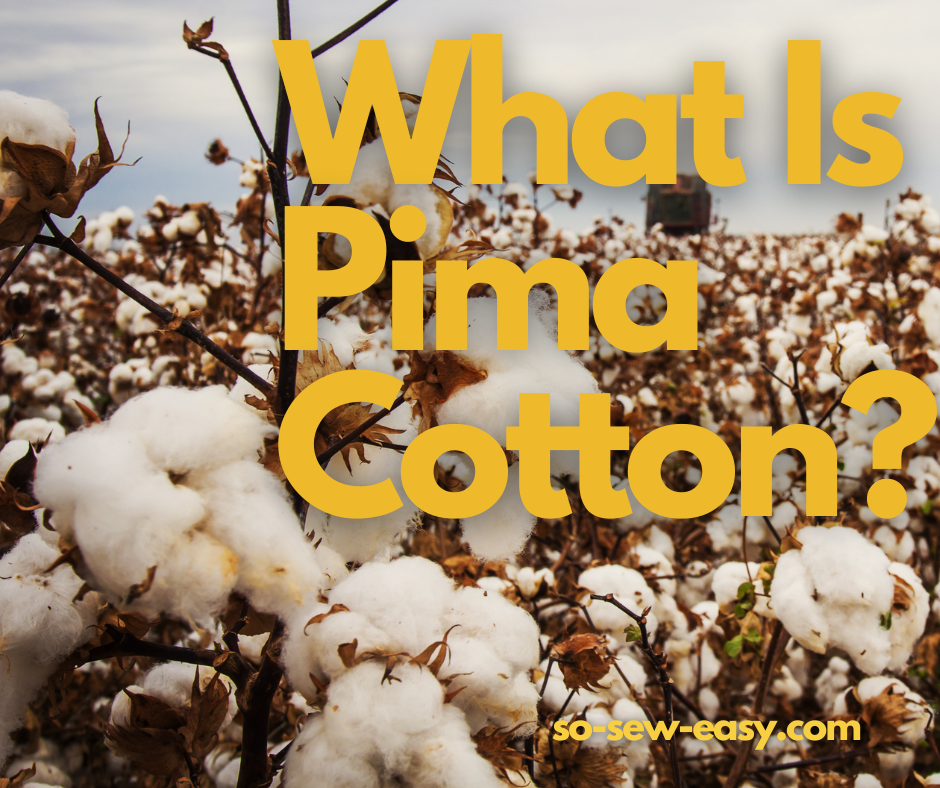
Article Summary
- Three well-known types of cotton, Upland (standard), Pima, and Egyptian
- Pima and Egyptian cotton are both the same strain of Extra-Long Staple cotton, Gossypium barbadense
- Pima cotton has much longer fibers making it softer and more durable than upland cotton
- Like Egyptian cotton, buyers often have a difficult time getting authentic 100% pure product
- Although it originates from Peru, it is named after the Pima Indians, and is traditionally grown in Arizona, USA
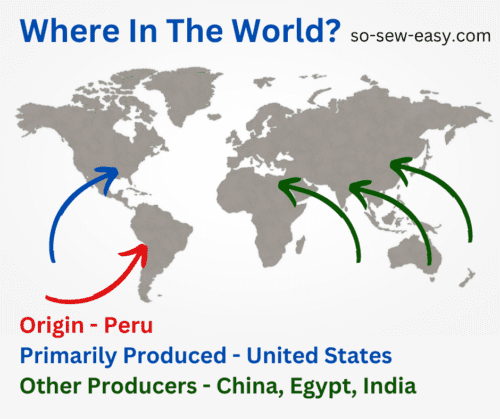

Where Did It Come From? Where Is It Grown?
Pima cotton is a high-quality cotton variety that is known for its strength, durability, and softness. The origins of Pima cotton can be traced back to the early 1900s when it was first cultivated in the United States.
The cotton was named after the Pima tribe of Native Americans who helped cultivate the crop in the southwestern United States. The Pima tribe, also known as the Akimel O'odham, had been growing cotton in the region for thousands of years and had developed a strain of cotton that was known for its long fibers and high-quality.
In the early 1900s, a researcher named Dr. E. A. Cottrell began experimenting with different cotton varieties in the United States. He came across the Pima cotton variety and was impressed with its quality and potential for commercial cultivation.
Cottrell began promoting the cultivation of Pima cotton in Arizona, and by the 1920s, it had become a major crop in the region. The cotton was later introduced to other parts of the United States, including California, Texas, and New Mexico.
Today it is grown around the world, with major producers still growing out of the Americas. Most other cotton growers across the developing world also grow some pima cotton, but these can have variable quality. Pima and Egyptian cotton are in fact the same strain of cotton, with the latter generally demanding a higher price due to the richness of the Egyptian lands and fame surrounding the region.
What Makes Pima Cotton Special?
Cotton is one of the most widely used natural fibers in the world, and it is used to create a wide range of products including clothing, bedding, and towels. While there are many different types of cotton, one of the most highly sought after is Pima cotton. Pima cotton is known for its high quality, softness, and durability, making it a favorite among consumers and manufacturers alike.
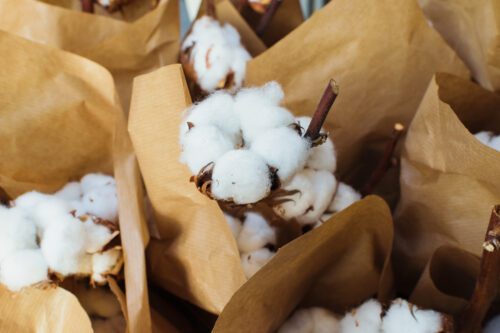

One of the key features of Pima cotton is its extra-long staple fibers. These fibers can be up to 2 inches long, which is significantly longer than the fibers of other types of cotton. This length gives Pima cotton its softness, strength, and durability. The longer fibers also mean that Pima cotton can be spun into finer yarns, which results in a smoother, more lustrous fabric.
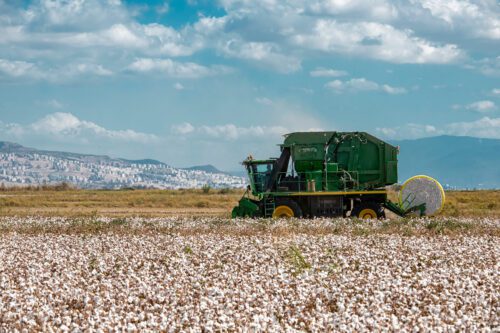

Another important characteristic of Pima cotton is its high quality. The cotton is carefully cultivated and harvested, with a focus on producing a consistent, high-quality product. The cotton is often handpicked, which helps to ensure that only the best fibers are selected. Additionally, Pima cotton is grown using a variety of sustainable practices, including crop rotation, natural pest control, and water conservation. This means that Pima cotton is not only high quality, but also environmentally friendly.
How To Use Pima Cotton?
Pima cotton is used to create a wide range of products, including luxury bedding, high-end clothing, and premium towels. Its softness and durability make it an excellent choice for these types of products, as they will be able to withstand frequent use and laundering. Additionally, the smooth, lustrous fabric that can be created from Pima cotton is highly prized for its luxurious feel and appearance.
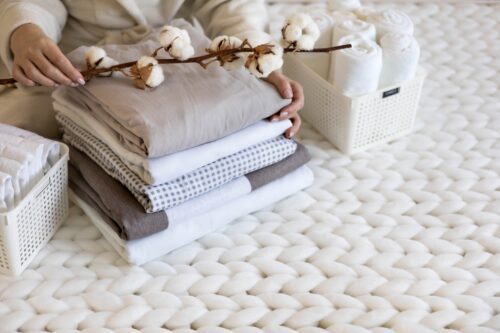

We have a good number of projects suitable for using pima cotton. It's softness, durability, and easiness to wash make it a good choice for bedding, pillows, and outdoor clothing alike. Something like these dressy shorts would make a good choice, or a pillow like this invisible zipper pillow or this Japanese embroidery cushion. And, for all you still struggling with the winter cold, this snuggly Jaipuri Razai would be a perfect project to start with some pima cotton.
If all this talk of cotton has peaked your interest about this essential and historically important fiber, check out our history of cotton article here.








According to this site, Cotton is not hand-picked in the USA. https://www.cottonmill.com/how-is-cotton-picked-today/ and this one https://www.forbes.com/sites/josephdeacetis/2021/06/10/america-has-one-of-the-best-luxury-cotton-grown-in-the-world/?sh=59f981db5588 I wonder if you have a misprint as you show a picture of the cotton harvesting machine right above saying it is hand-picked.